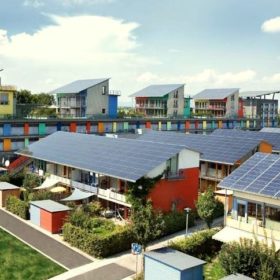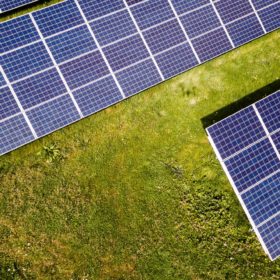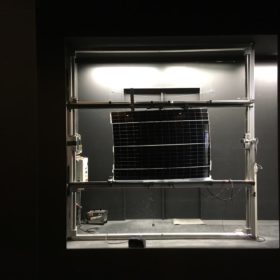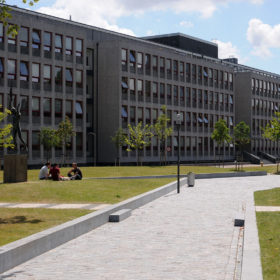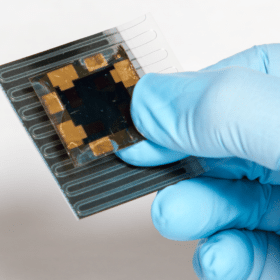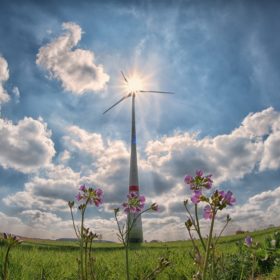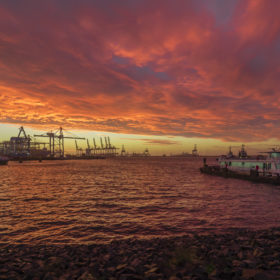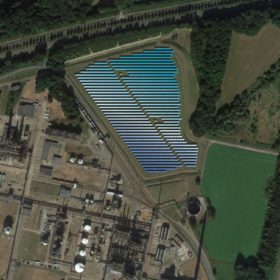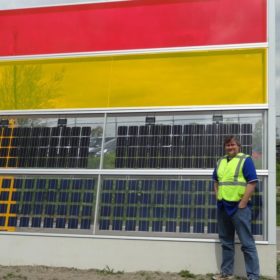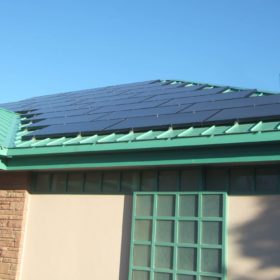In the mind of a residential PV system owner
Scientists in the Netherlands have identified five different profiles of homeowners that have installed or could install rooftop PV systems. According to their findings, substantial differences characterize the five segmentation groups. The research is intended to help policymakers and solar companies to better promote PV technology among potential new adopters.
Photon Energy update after ‘difficult’ quarter
The Amsterdam-based, Australia and central Europe-facing developer saw sales slump thanks to Covid-19 last year but has touted a growing operational project portfolio.
Vehicle-integrated PV reduces EV charging time in sunny regions by 40%
Dutch scientist Bonna Newmann spoke with pv magazine about the present and future of vehicle-integrated PV from a technological and economic perspective. Solar panels installed on cars could have a payback time of only three or four years and ensure 10,000 km of pure PV-generated road travel per year, she said. Furthermore, if you live in a sunny place, you can drive an electric car with solar panels for weeks during summertime, without the need for recharging, she pointed out.
The best materials for carrier multiplication in solar cells
Researchers in the Netherlands have sought to identify all those semiconductor materials that may make the application of carrier multiplication in photovoltaics much more than a mere suggestion. According to them, the bandgap of the materials should be between 0.6–1.0 electronvolt (eV), which would result in maximum theoretical efficiency of around 44%. 2D and bulk materials were indicated as the most promising with near-ideal carrier multiplication.
Solliance, MiaSolé hit 26.5% efficiency on tandem CIGS/perovskite solar cell
MiaSolé and Solliance have achieved record performance by optimizing the bandgap and the efficiency of both the rigid semi-transparent perovskite top cell and the flexible CIGS bottom cell.
Hybrid wind-solar may have a shading problem
Scientists in the Netherlands are seeking to assess how hybrid wind-solar projects may be impacted by the shade produced by the wind tower and wind turbine blades on the PV facility. According to them, the slow movement of the wind unit’s shadow can be easily incorporated into project design.
More green hydrogen for Port of Rotterdam
The Port of Rotterdam is set to host a 100 MW electrolyzer from 2025, with a feasibility study expected this summer. The project will produce green hydrogen and will eventually be expanded to 500 MW.
European joint venture wants to deploy 4 GW of PPA-linked solar across UK, Germany and the Netherlands
Ampyr Solar Europe, a new joint venture between Naga Solar, the AGP Group, and Hartree Partners, will develop ground-mounted photovoltaic projects in the three European countries. The solar parks will be financed through power purchase agreements with energy suppliers and businesses.
Improving PV panel performance with luminescent solar concentrators
Researchers in the Netherlands say the lack of a universal standard is preventing luminescent solar concentrators from being widely adopted as photonic devices or for improvement of PV module performance. This technology can be integrated with finished solar panels with no need of modifying their electronic structure, helping them collect high-energy photons that they fail to harvest.
Flexible heat pumps ideal for power grids congested by solar and wind
Dutch transmission system operator Tennet, which also serves Germany, is planning to create flexible electricity demand and reduce grid congestion by promoting the use of smarter heating systems and heat pumps that can also be powered by solar and wind energy. According to its experts, intelligent control of heat pumps may result in the creation of between 0.5 and 1 GW of temporary grid flexibility by 2030.
